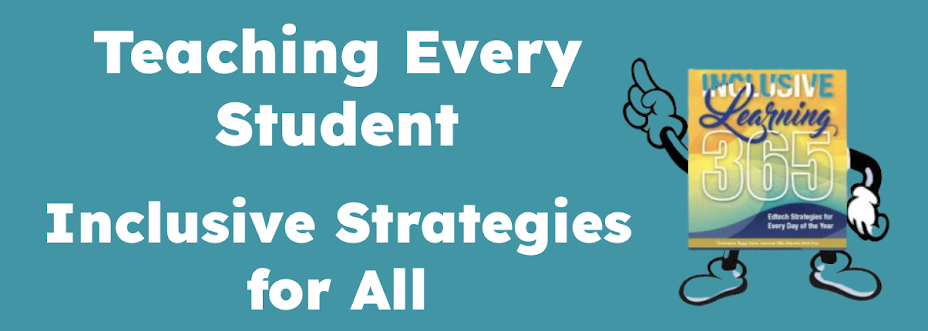24-hour news, 100s of channels on television, websites, blogs, push news, access to global news sources for multiple perspectives, news portals gather content in varying formats.How times have changed! We have vast amounts of information available literally at our fingertips! What are the implications for learners, educators and media specialists? She details these as well.
Can we keep up with these changes? A better question is, can we afford not to since these changes benefit our students with different learning styles? Digital formats are accessible to our students. Digital materials remove the obstacles to learning for our students with special needs. It is imperative that we stay abreast of change and understand the implications of change so that we can be on the cutting edge of these transformations. Digital information is flexible and accessible and it's time for all information in our classrooms to be available to our students. Let's be catalysts for change, integrate what is available into our classrooms and watch our students flourish.

1 comment:
I agree! The world has changed and is changing at an astounding rate. We have to prepare our students with the skills to manage information and solve problems as well as how to read and write. Hopefully as more educators begin to advocate for these types of skills, less time and money will be focused on traditional standardized testing...
Post a Comment